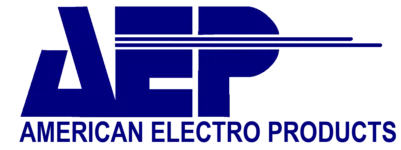It should come as no surprise that the automotive industry is heavy regulated since the safety of the driver and its occupants is of primary concern. Inferior components can lead to avoidable accidents, costly (and brand-damaging) recalls, and persistent performance issues. For a market that’s very competitive, with rapidly evolving technology, there is practically no room for error. As such, suppliers to the automotive industry are required to comply with multiple quality systems and initiatives, which we will review today. Plating providers are absolutely no exception to this.
 First, suppliers must be compliant to IATF 16949, a global quality management system standard that applies specifically to the auto industry. It was developed by the International Automotive Task Force (IATF) in conjunction with the International Standard for Organization (ISO). Further, a supplier must have an ISO 9001 management system, as a minimum, while demonstrating compliance to Advanced Product Quality Planning (APQP). APQP is a structured approach to both product and process design. It’s an end-to-end process, starting with planning, all way through feedback and process development, as typical with most quality control systems. With it, buyers determine the level of the reports they require and communicate the needs within their request for quote.
First, suppliers must be compliant to IATF 16949, a global quality management system standard that applies specifically to the auto industry. It was developed by the International Automotive Task Force (IATF) in conjunction with the International Standard for Organization (ISO). Further, a supplier must have an ISO 9001 management system, as a minimum, while demonstrating compliance to Advanced Product Quality Planning (APQP). APQP is a structured approach to both product and process design. It’s an end-to-end process, starting with planning, all way through feedback and process development, as typical with most quality control systems. With it, buyers determine the level of the reports they require and communicate the needs within their request for quote.
APQP reports include options to receive the full spectrum of associated evidence such as:
- Process Flow Chart
- Failure Mode and Effects Analysis(FMEA)
- Control Plan
- Thickness Gage R & R
- Statistical Process Control(SPC)
- Measurement Systems Analysis(MSA)
- Process Capability Studies (CpK)
- Material Performance Test Results
- Production Part Approval Process(PPAP)
- Certificate of Conformance (CofC)
- Customer specific Requirement Chart
- Part Submission Warrant (PSW)
Each processing step is depicted in the Process Flow Chart. The FEMA details all risks associated with each process specified in the Process Flow chart. Each risk, identified within the process FEMA, have identified mitigations and preventions detailed within the Control Plan.
For electroplating thickness, a Measurement System Analysis (MSA) needs to be conducted. A very popular tool for this is a Gage R&R study which includes 220 plating thickness readings, taken by 3 operators, 3 times each, on the same pieces analyzed for repeatability and reproducibility.
The Material Performance Test Results report states the testing done to each plated metal being applied to the parts. Tests such as Adhesion, Visual, Thickness, and Solderability test results are reported within this section. An Initial Process Capability Study is offered to illustrate plating thickness consistency. Capability studies must demonstrate the ability to meeting minimum CpK levels of 1.33 or 1.67, determined by the customer.
The completed PPAP report includes copies of the Management System Accreditation along with Product Certificate of Compliance, and a Part Submission Warrant.

